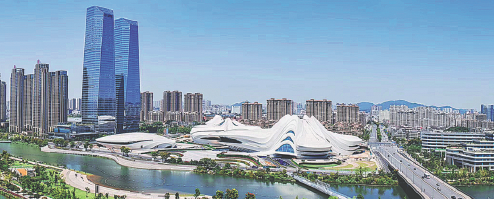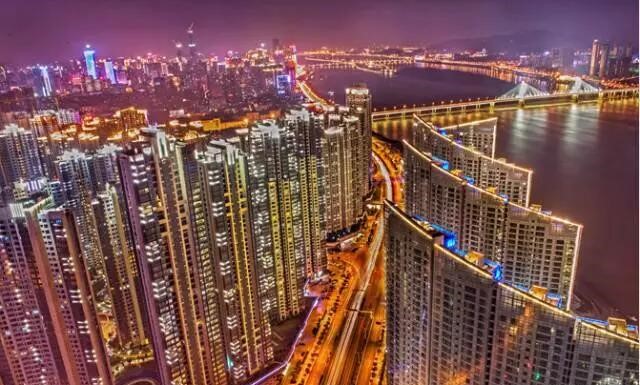Business and Investment

Centering on attracting investments, Kaifu District has certain advantages compared to other regions.
Firstly, Kaifu District has abundantpreferential policies. It has issued some industry supporting policies, such as the "Opinions on Accelerating the Development of High-tech Industry led by the Military-Civilian Integration Industry", "Incentive Measures for Promoting the Development of Financial Industry in Kaifu District", "Opinions on Supporting the Development of Maker Space". It is obvious that Kaifu District has great advantages in policy supporting.
Secondly, Kaifu District has fostered a good vibe of starting businesses. The number of corporate entities has increased rapidly and the strategy to encourage innovation and business start-ups is in full swing after streamlining administration and delegating powers to lower levels.
Thirdly, Kaifu District offers low cost of production factors and safety guarantees. The house price of Kaifu District is relatively low compared to that of cities in other parts of central China, such as Nanchang, Hefei and Wuchang. It is easier to buy houses here, and the cost of utilities and construction is relatively low.
In terms of the cost on transportation, it is rather cost-efficient. Taking the 20-feet container for example, it takes 4 days and costs 1,200 yuan to Shanghai by waterways, 10 days to Hong Kong for 2,300 yuan, about 10 days to Los Angeles for 10,475 yuan, 11days to Osaka for 2,700 yuan, 35 days to Hamburg for 6,750 yuan, 13 days to Singapore for 2,700 yuan, and about one month to New York for 18,000 yuan. If transported by railways, it takes about four days and cost 3,600 yuan to Beijing, three days to Shanghai for 2,800 yuan, only two days to Guangzhou for 2,200 yuan. Through International aviation, less than half a kilogram costs six dollars to Hong Kong, 11 dollars to Japan, 10 dollars to South Korea and Taiwan, 12 dollars to the countries of Southeast Asia, 17 dollars to Australia, 18 dollars to Western Europe, 17 dollars to America and Canada, 28 dollars to South America and 30 dollars to Eastern Europe, the Middle East and Africa.
In terms of the cost of utilities, the electricity price is relatively low. The average electricity cost for industrial use is 0.628-0.886 yuan/kwh and 1.01 yuan/kwh for commercial. The water cost for industrial use is 2.2 yuan/ton and for commercial use is 3.4 yuan/ton. The gas cost for industrial use is 3 yuan/m3. Compared to the price of Yangzi River Delta, the price here is 20% lower for electricity, 30% lower for water and 7% lower for gas.
In terms of the cost of human resources, Kaifu District has significant advantages compared to the coastal cities. The labor cost in Kaifu District is only half of that in some developed cities such as Shanghai and Shenzhen. To be specific, ordinary workers cost 1,500-2,500 yuan per month, general technicians 2,000-3,500 yuan, junior employees 2,000-3,500 yuan and senior employees 4,000-6,000 yuan. As for the proportion of social welfare cost in wages, pension insurance accounts for 20% and medicare insurance accounts for 7%. The insurances for unemployment, injury and child-bearing account for 2%, 0.5% and 0.7% respectively.
In terms of the cost of plant construction, the construction or rental cost in Kaifu District is 20%-30% lower than that in coastal cities. It costs 500-800 yuan/m3 to construct a monolayer light-weight steel structure and 800-1200 yuan/m³ to construct a reinforced-concrete frame structure. When it comes to renting, the former cost 10-15 yuan/m³ per month while the latter costs 12-20 yuan/m³.
-

Malanshan park gives rise to industrial chains
-

BRI forum promotes exchanges
-

Changsha aims to be Global cultural and creative center

 Print
Print


